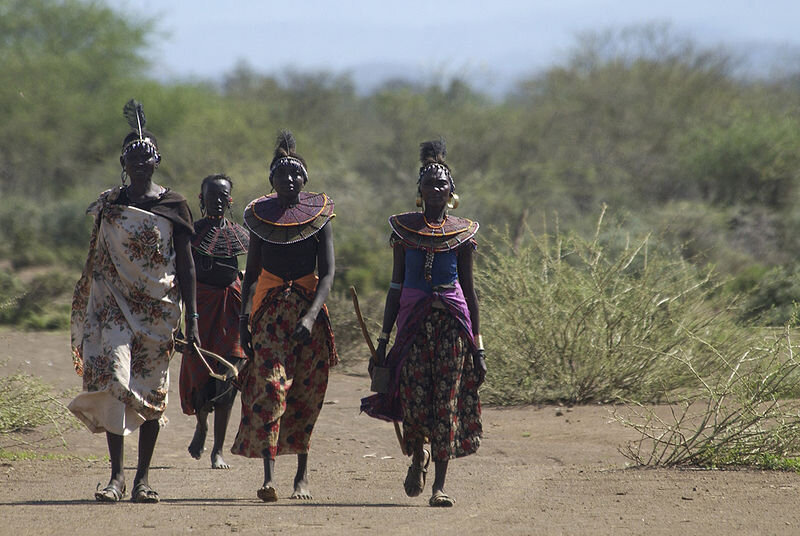
Morgan Heritage: Recognition of Intersex Individuals in Kenya: A Landmark Step Towards Social Inclusion
By Morgan Henry Otieno
For many years, intersex individuals in Kenya have lived in the shadows, often forced into silence and subjected to stigma due to societal misconceptions and legal invisibility. Their existence was either ignored or misunderstood, leading to painful experiences, including forced surgeries at birth, rejection by families, and a lack of legal recognition. However, in a groundbreaking move earlier this year, Kenya took a significant step towards social inclusion by officially recognizing intersex individuals in its birth registration process. This decision has sparked important conversations on human rights, identity, and the need for broader legal reforms to protect intersex people from discrimination.
Intersex people are individuals born with sex characteristics that do not fit typical definitions of male or female. These variations can involve differences in chromosomes, reproductive anatomy, or hormone levels. In Kenya, as in many other parts of the world, intersex individuals have long been forced into one of the two traditional gender categories—often through non-consensual medical interventions carried out in infancy to “normalize” their bodies. These surgeries, performed under the assumption that a clear male or female identity is necessary for social acceptance, have led to lifelong physical and psychological harm for many.
The official recognition of intersex individuals in Kenya’s legal framework did not happen overnight. It has been the result of years of advocacy by human rights groups, medical professionals, and intersex activists who have pushed for reforms that acknowledge the unique challenges faced by this community. A major turning point came in 2017 when Kenya conducted its first national census to include intersex people as a separate category. This marked a historic moment, as it provided statistical evidence of their presence in society, countering the long-held belief that intersex people were rare anomalies. The data collected helped policymakers understand the scale of the issue and fueled the push for legal recognition.
The recent decision to include intersex individuals in birth registration is a crucial step toward ensuring their rights from infancy. For decades, parents of intersex children faced immense pressure to declare their babies as either male or female, even in cases where their child’s biological traits did not conform to either category. With this reform, parents can now register their children accurately without being forced into premature decisions that could have long-term consequences. This move is expected to reduce cases of non-consensual surgeries and provide intersex individuals with a legal identity that truly reflects who they are.
However, while this progress is commendable, challenges remain. Legal recognition is only one part of the journey toward full inclusion. There is still widespread ignorance about intersex people, with many Kenyans confusing intersex identity with transgender identity or assuming it is a medical disorder that needs “fixing.” Educational efforts are needed to dispel these myths and create awareness about the natural diversity of human sex characteristics. Schools, religious institutions, and healthcare professionals must be involved in these conversations to ensure that intersex people are accepted and treated with dignity.
Beyond awareness, legal reforms must go further to address the discrimination that intersex individuals face in various aspects of life. Many intersex people in Kenya report experiences of being ostracized by their families, denied education opportunities, or even abandoned due to their sex characteristics. In some cases, children have been hidden from the public or subjected to harmful traditional practices aimed at “correcting” their condition. Without strong anti-discrimination laws that explicitly protect intersex individuals, social recognition alone will not be enough to safeguard their rights.


